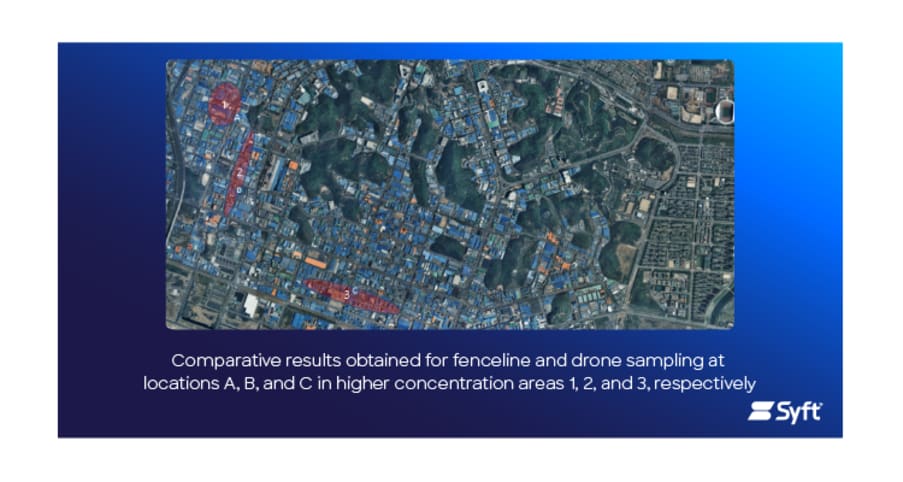
Detecting and eliminating off-odours in food is vital in the development of new products, but many of the most aroma-active compounds can be present at levels that make it difficult to implement widely-used analytical techniques such as purge-and-trap. We talk to food scientist Diana Owsienko, who has turned to Markes’ HiSorb and Centri technologies to extract key analytes more quickly from smaller amounts of sample. As a result, it’s now easier to run sensory and instrumental analyses on the same batch, for better correlation of results, all within a more streamlined, automated workflow.
Understanding the aroma of food
Consumer satisfaction with the food we eat depends on a variety of sensory characteristics, of which aroma makes a vital contribution. But the sensitivity of the human nose to individual compounds also makes understanding the origin of certain aromas a uniquely tough analytical challenge. One person who’s acutely aware of this is Diana Owsienko, who works within the Aroma Chemistry Group at RISE, Sweden’s government-funded network of research centres. The group is currently working on several collaborative research projects that involve developing new plant-based foods that are tasty, nutritious, and have an improved sustainability profile. She explains the challenge they were facing: “One of our projects involves exploring alternative protein sources such as legumes. But legumes can produce a ‘beany’ odour, which can be undesirable if it’s apparent in the final food product – so we were working to understand the compounds that give rise to it, and how to reduce their levels”.





